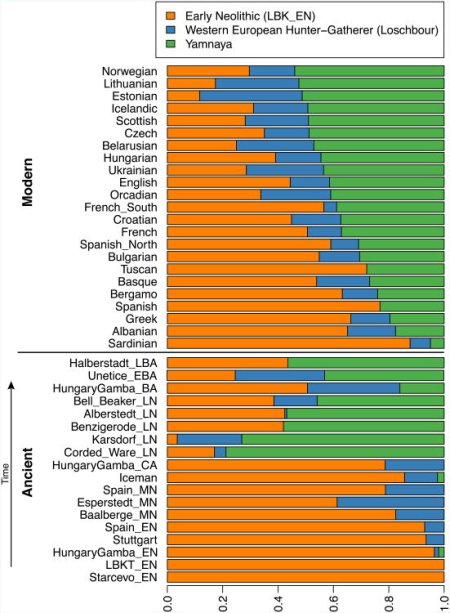Proto Italics and Proto Celts are two entirely different conversations. I will comment on the protoitalics since I am much more well read on this topic. Proto Italics are commonly attributed to the Terramare culture due to both the large demographic size of its colonization of Po Valley and the significant cultural homogenizing affect the later protovillanovans on the whole of Italy. The protovillanovan culture in turn is a continuation of Terramare.
The Terramare people show extensive close contacts with the Carpathian basin and the northern adriatic - particularly with the Vatya and Nagyrev cultures which were highly militarized and rich in copper and tin. The Terramare entrance into northern Italy reflected this and mimicked the mass production of arms technology and improvements in sword making mirrored innovations that emerged out of Hungary. Their funerary rites were also closely linked as well which was contrasted with notable changes from the preceeding and demographically smaller Polada culture. We have bronze age samples from this region (the carpathian basin) and we also have genetic samples from specifically the proto Nagyrev and later MBA Vatya cultures whose material cultures tie closest to that of the Terramare. Their profiles are very modern like for northern Italy and for that reason it would personally be very surprising to me if the Terramare lacked a northern Italian like genome.
At some point I may make a larger post on this as I'm compiling a lot of archaeological research on the topic.
View attachment 15295


